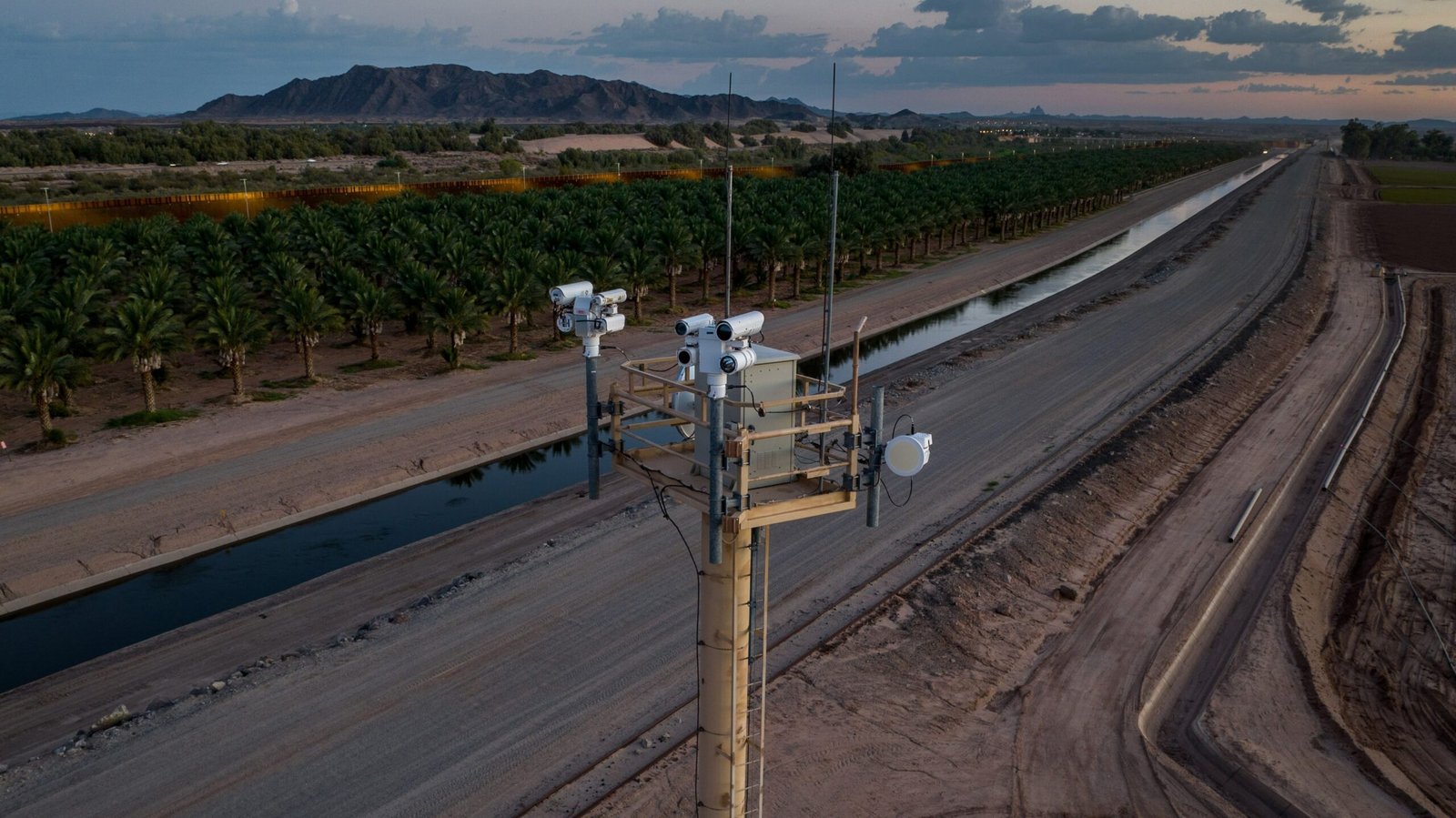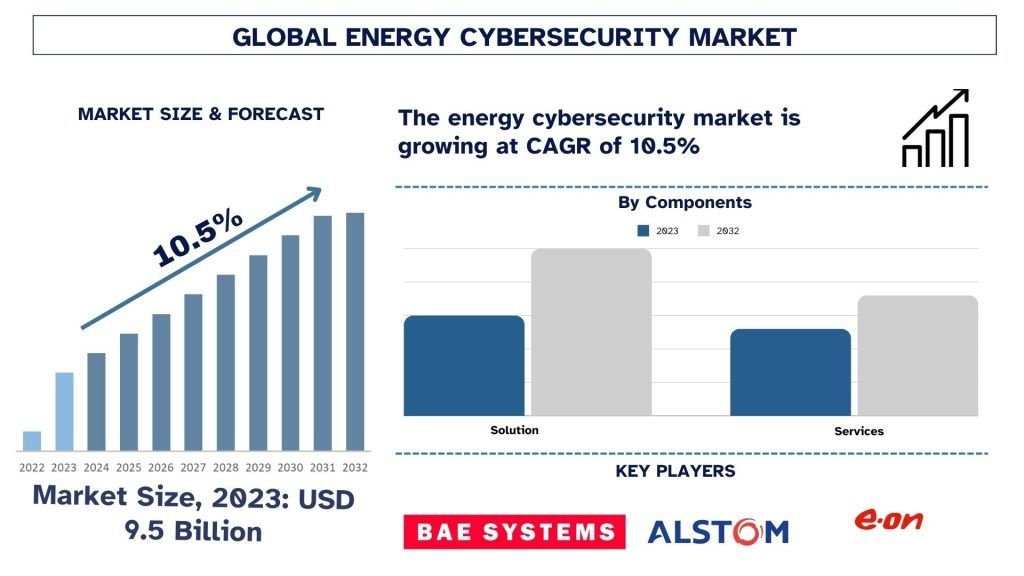Border monitoring and surveillance systems play a pivotal role in safeguarding national security by ensuring that borders are secure, monitored, and well-regulated. These advanced systems utilize cutting-edge technology to detect, track, and prevent unauthorized activities across borders. With growing threats such as illegal migration, smuggling, and terrorism, an efficient border surveillance system has become indispensable.
What Is a Border Monitoring and Surveillance System?
A border monitoring and surveillance system is an integrated setup comprising advanced technologies, equipment, and strategies to monitor and manage activities along a nation’s border. These systems typically involve a combination of electronic devices, surveillance cameras, drones, radars, and sensors, all working together to provide real-time data for effective border control.
Key Components of Border Monitoring and Surveillance Systems
1. Surveillance Cameras
- High-resolution cameras are installed along border areas for 24/7 visual monitoring.
- Equipped with night vision and thermal imaging capabilities to detect activities in low-light conditions.
2. Drones and UAVs
- Unmanned Aerial Vehicles (UAVs) offer a bird’s-eye view of large and remote areas.
- Equipped with high-tech sensors and cameras for detailed reconnaissance.
3. Radar Systems
- Detect movement over long distances, including vehicles, humans, and aircraft.
- Useful for maritime borders and desert regions.
4. Ground Sensors
- Seismic, acoustic, and motion sensors detect unauthorized crossings and trigger alerts.
- Buried underground to ensure discreet operation.
5. Command and Control Centers
- Central hubs where all data from surveillance equipment is analyzed and monitored.
- Facilitate real-time decision-making and deployment of response teams.
Benefits of Border Monitoring and Surveillance Systems
1. Enhanced Security
- Prevents illegal immigration, smuggling, and trafficking.
- Acts as a deterrent against potential threats to national security.
2. Real-Time Data Collection
- Provides instant alerts and live feeds, enabling quick response to suspicious activities.
3. Cost Efficiency
- Reduces the need for constant physical patrols, optimizing resources and manpower.
4. Coverage of Remote Areas
- Effective monitoring of hard-to-reach terrains, including mountains, deserts, and oceans.
5. Improved Decision-Making
- Data collected by these systems supports informed decisions in border management and security strategies.
Types of Border Monitoring and Surveillance Systems
1. Land Border Surveillance
- Focuses on monitoring terrestrial borders, especially those with rugged terrains.
- Utilizes ground radars, sensors, and camera networks.
2. Maritime Border Surveillance
- Secures coastal and sea borders against unauthorized vessels.
- Uses sonar systems, ship-tracking radars, and aerial drones.
3. Aerial Border Surveillance
- Monitors airspace for unauthorized aircraft or drones.
- Employs radar systems and aerial reconnaissance drones.
4. Integrated Surveillance Systems
- Combines land, maritime, and aerial surveillance for comprehensive border security.
- Facilitates seamless communication and coordination between various monitoring units.
Technologies Powering Border Monitoring Systems
1. Artificial Intelligence (AI)
- AI-powered algorithms analyze data from cameras and sensors to detect anomalies.
- Enables predictive analysis and pattern recognition for better threat assessment.
2. Thermal Imaging
- Helps detect movements during nighttime or adverse weather conditions.
- Widely used for identifying individuals or vehicles in dense foliage or darkness.
3. GPS and Geolocation
- Tracks the movement of vehicles and personnel within the border zone.
- Assists in deploying resources to precise locations during emergencies.
4. Biometric Systems
- Verifies identities at border checkpoints using fingerprints, facial recognition, or retina scans.
- Prevents identity fraud and enhances security protocols.
5. Internet of Things (IoT)
- Connects all surveillance equipment, ensuring real-time data sharing and centralized monitoring.
Challenges in Implementing Border Surveillance Systems
1. Harsh Environments
- Extreme weather and challenging terrains can impact the effectiveness of equipment.
2. High Costs
- The initial setup and maintenance of advanced systems require significant investment.
3. Cybersecurity Threats
- Vulnerable to hacking or data breaches, which could compromise national security.
4. Privacy Concerns
- Continuous monitoring raises concerns about potential misuse of surveillance data.
Applications of Border Monitoring Systems
1. National Security
- Prevents illegal activities such as smuggling, human trafficking, and drug trade.
2. Disaster Management
- Monitors natural calamities in border areas, aiding in early warnings and evacuations.
3. Immigration Control
- Ensures that border crossings are legal and regulated.
4. Wildlife Conservation
- Tracks the movement of wildlife to prevent illegal poaching and ensure biodiversity preservation.
Why Are Border Surveillance Systems Essential?
Border surveillance systems are a cornerstone of any nation’s defense strategy. They ensure that the borders are secure while facilitating lawful trade and travel. In an era of heightened security concerns, investing in advanced border monitoring technologies is not just a necessity but also a proactive step toward maintaining peace and order.












Leave a Reply